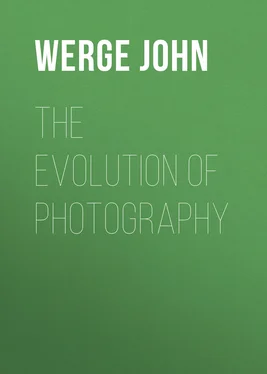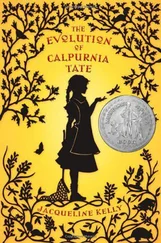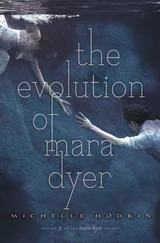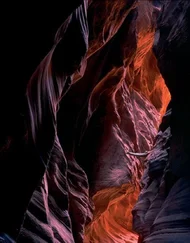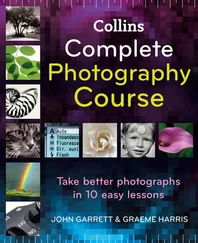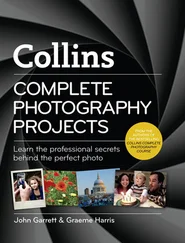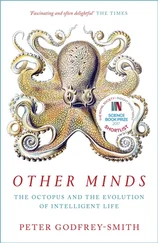John Werge - The Evolution of Photography
Здесь есть возможность читать онлайн «John Werge - The Evolution of Photography» — ознакомительный отрывок электронной книги совершенно бесплатно, а после прочтения отрывка купить полную версию. В некоторых случаях можно слушать аудио, скачать через торрент в формате fb2 и присутствует краткое содержание. Жанр: visual_arts, foreign_home, на английском языке. Описание произведения, (предисловие) а так же отзывы посетителей доступны на портале библиотеки ЛибКат.
- Название:The Evolution of Photography
- Автор:
- Жанр:
- Год:неизвестен
- ISBN:нет данных
- Рейтинг книги:5 / 5. Голосов: 1
-
Избранное:Добавить в избранное
- Отзывы:
-
Ваша оценка:
- 100
- 1
- 2
- 3
- 4
- 5
The Evolution of Photography: краткое содержание, описание и аннотация
Предлагаем к чтению аннотацию, описание, краткое содержание или предисловие (зависит от того, что написал сам автор книги «The Evolution of Photography»). Если вы не нашли необходимую информацию о книге — напишите в комментариях, мы постараемся отыскать её.
The Evolution of Photography — читать онлайн ознакомительный отрывок
Ниже представлен текст книги, разбитый по страницам. Система сохранения места последней прочитанной страницы, позволяет с удобством читать онлайн бесплатно книгу «The Evolution of Photography», без необходимости каждый раз заново искать на чём Вы остановились. Поставьте закладку, и сможете в любой момент перейти на страницу, на которой закончили чтение.
Интервал:
Закладка:
active 1854-1890 John Werge
The Evolution of Photography / With a Chronological Record of Discoveries, Inventions, Etc., Contributions to Photographic Literature, and Personal Reminescences Extending over Forty Years
FIRST PERIOD. PAPER, ASPHALTUM, &c
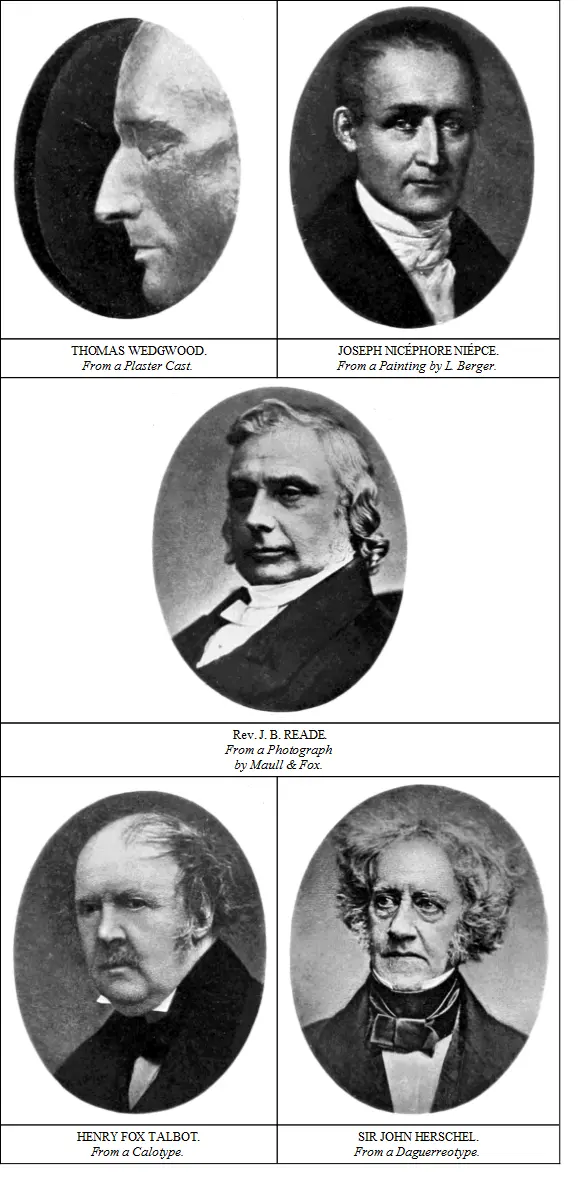
PREFACE

No previous history of photography, that I am aware of, has ever assumed the form of a reminiscence, nor have I met with a photographic work, of any description, that is so strictly built upon a chronological foundation as the one now placed in the hands of the reader. I therefore think, and trust, that it will prove to be an acceptable and readable addition to photographic literature.
It was never intended that this volume should be a text-book, so I have not entered into elaborate descriptions of the manipulations of this or that process, but have endeavoured to make it a comprehensive and agreeable summary of all that has been done in the past, and yet convey a perfect knowledge of all the processes as they have appeared and effected radical changes in the practice of photography.
The chronological record of discoveries, inventions, appliances, and publications connected with the art will, it is hoped, be received and considered as a useful and interesting table of reference; while the reminiscences, extending over forty years of unbroken contact with every phase of photography, and some of its pioneers, will form a vital link between the long past and immediate present, which may awaken pleasing recollections in some, and give encouragement to others to enter the field of experiment, and endeavour to continue the work of evolution.
At page 10 it is stated, on the authority of the late Robert Hunt, that some of Niépce’s early pictures may be seen at the British Museum. That was so, but unfortunately it is not so now. On making application, very recently, to examine these pictures, I ascertained that they were never placed in the care of the curator of the British Museum, but were the private property of the late Dr. Robert Brown, who left them to his colleague, John Joseph Bennett, and that at the latter’s death they passed into the possession of his widow. I wrote to the lady making enquiries about them, but have not been able to trace them further; there are, however, two very interesting examples of Niépce’s heliographs, and one photo-etched plate and print, lent by Mr. H. P. Robinson, on view at South Kensington, in the Western Gallery of the Science Collection.
For the portrait of Thomas Wedgwood, I am indebted to Mr. Godfrey Wedgwood; for that of Joseph Nicéphore Niépce, to the Mayor of Chalons-sur-Saône; for the Rev. J. B. Reade’s, to Mr. Fox; for Sir John Herschel’s, to Mr. H. H. Cameron; for John Frederick Goddard’s, to Dr. Jabez Hogg; and for Frederick Scott Archer’s, to Mr. Alfred Cade; and to all those gentlemen I tender my most grateful acknowledgments. Also to the Autotype Company, for their care and attention in carrying out my wishes in the reproduction of all the illustrations by their beautiful Collotype Process.
JOHN WERGE.London, June, 1890.
INTRODUCTION

Photography, though young in years, is sufficiently aged to be in danger of having much of its early history, its infantile gambols, and vigorous growth, obscured or lost sight of in the glitter and reflection of the brilliant success which surrounds its maturity. Scarcely has the period of an average life passed away since the labours of the successful experimentalists began; yet, how few of the present generation of workers can lay their fingers on the dates of the birth, christening, and phases of the delightful vocation they pursue. Many know little or nothing of the long and weary travail the minds of the discoverers suffered before their ingenuity gave birth to the beautiful art-science by which they live. What form the infant art assumed in the earlier stages of its life; or when, where, and how, it passed from one phase to another until it arrived at its present state of mature and profitable perfection. Born with the art, as I may say, and having graduated in it, I could, if I felt so disposed, give an interesting, if not amusing, description of its rise and progress, and the many difficulties and disappointments that some of the early practitioners experienced at a time when photographic A B C’s were not printed; its “principles and practice” anything but familiarly explained; and when the “dark room” was as dark as the grave, and as poisonous as a charnel-house, and only occasionally illumined by the glare of a “bull’s-eye.” But it is not my intention to enter the domain of romance, and give highly coloured or extravagant accounts of the growth of so beautiful and fascinating an art-science. Photography is sufficiently facetious in itself, and too versatile in its powers of delineation of scenes and character, to require any verbose effort of mine to make it attractive. A record of bare facts is all I aim at. Whatever is doubtful I shall leave to the imagination of the reader, or the invention of the romance writer. To arrange in chronological order the various discoveries, inventions, and improvements that have made photography what it is; to do honour to those who have toiled and given, or sold, the fruits of their labour for the advancement of the art; to set at rest, as far as dates can succeed in doing so, any questionable point or order of precedence of merit in invention, application, or modification of a process, and to enable the photographic student to make himself acquainted with the epochs of the art, is the extent of my ambition in compiling these records.
With the hope of rendering this work readily referable and most comprehensive, I shall divide it into four periods. The first will deal broadly and briefly with such facts as can be ascertained that in any way bear on the accidental discovery, early researches, and ultimate success of the pioneers of photography.
The second will embrace a fuller description of their successes and results. The third will be devoted to a consideration of patents and impediments; and the fourth to the rise and development of photographic literature and art. A strict chronological arrangement of each period will be maintained, and it is hoped that the advantages to be derived from travelling some of the same ground over again in the various divisions of the subject will fully compensate the reader, and be accepted as sufficient excuse for any unavoidable repetition that may appear in the work. With these few remarks I shall at once enter upon the task of placing before the reader in chronological order the origin, rise, progress, and development of the science and art of photography.
FIRST PERIOD
THE DARK AGES

More than three hundred years have elapsed since the influence and actinism of light on chloride of silver was observed by the alchemists of the sixteenth century. This discovery was unquestionably the first thing that suggested to the minds of succeeding chemists and men of science the possibility of obtaining pictures of solid bodies on a plane surface previously coated with a silver salt by means of the sun’s rays; but the alchemists were too much absorbed in their vain endeavours to convert the base metals into royal ones to seize the hint, and they lost the opportunity of turning the silver compounds with which they were acquainted into the mine of wealth it eventually became in the nineteenth century. Curiously enough, a mechanical invention of the same period was afterwards employed, with a very trifling modification, for the production of the earliest sun-pictures. This was the camera-obscura invented by Roger Bacon in 1297, and improved by a physician in Padua, Giovanni Baptista Porta, about 1500, and afterwards remodelled by Sir Isaac Newton.
Читать дальшеИнтервал:
Закладка:
Похожие книги на «The Evolution of Photography»
Представляем Вашему вниманию похожие книги на «The Evolution of Photography» списком для выбора. Мы отобрали схожую по названию и смыслу литературу в надежде предоставить читателям больше вариантов отыскать новые, интересные, ещё непрочитанные произведения.
Обсуждение, отзывы о книге «The Evolution of Photography» и просто собственные мнения читателей. Оставьте ваши комментарии, напишите, что Вы думаете о произведении, его смысле или главных героях. Укажите что конкретно понравилось, а что нет, и почему Вы так считаете.
